The Painted Primrose is a floral studio specializing in wedding flowers. We happily service the greater Boulder area, Estes Park, Lyons, Longmont, and beyond! Our passion is bringing a couple’s vision to life through complex color palettes, unique flower choices, and stunning designs.
Follow along for fun, flowers, and new things going on at the Painted Primrose.
BLOG
About
PROCESS
Love Notes
Portfolio
contact
February 10, 2021
Language of Flowers
Normally I spend this blog talking about color schemes and floral planning–but today I wanted to talk about something extra fun! With Valentine’s Day coming up this weekend, I thought it would be fun (and timely) to talk about the traditional language of flowers. With the insane popularity of Netflix’s Bridgerton, I have found a renewed interest in all things Victorian (and European!) And there are few things more Victorian and European than traditional flower language.
The Language of Flowers
In the past flowers had much deeper meanings than we associate them with today. Today flowers mostly mean “I love you” or “Thanks” or “Thinking of You.” Red roses get a little more recognition, since they are associated with Valentine’s Day. However, long before we could use emojis and emails to express our feelings people used flowers. Back in the day flowers had deep, complex meanings. You could say almost anything with a bouquet of flowers, and learning what they all meant was an art form.
Today I am covering some of the basics, so maybe next time you’re sending a bouquet to someone you can send a message with it!
Meanings
I am including just a few of my favorite flower meanings! Additionally, a lot of these flowers are ones we commonly use in weddings!
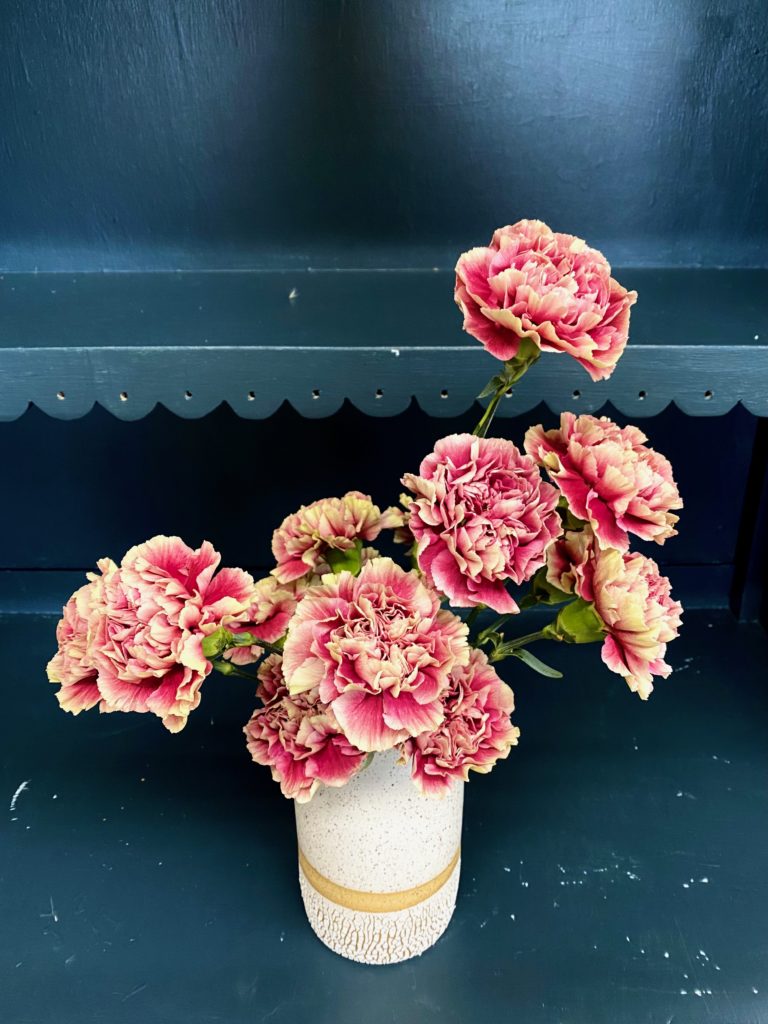 Striped carnations mean refusal!
Striped carnations mean refusal!
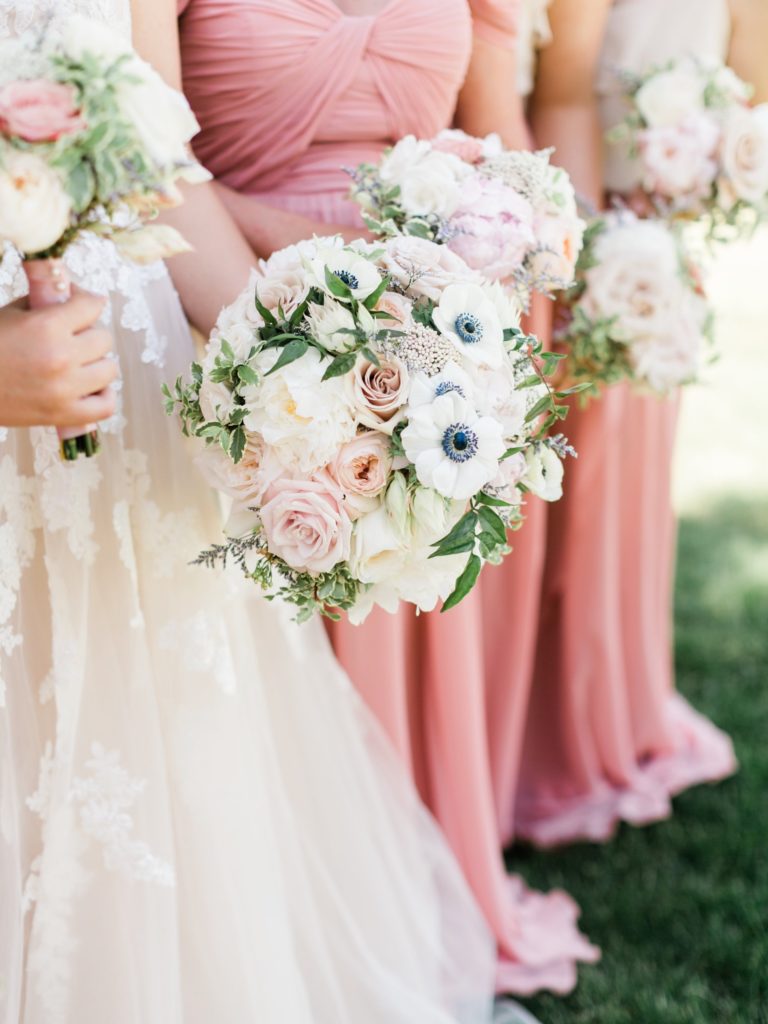
Anemone, like the ones featured in this bridal, mean someone is ill
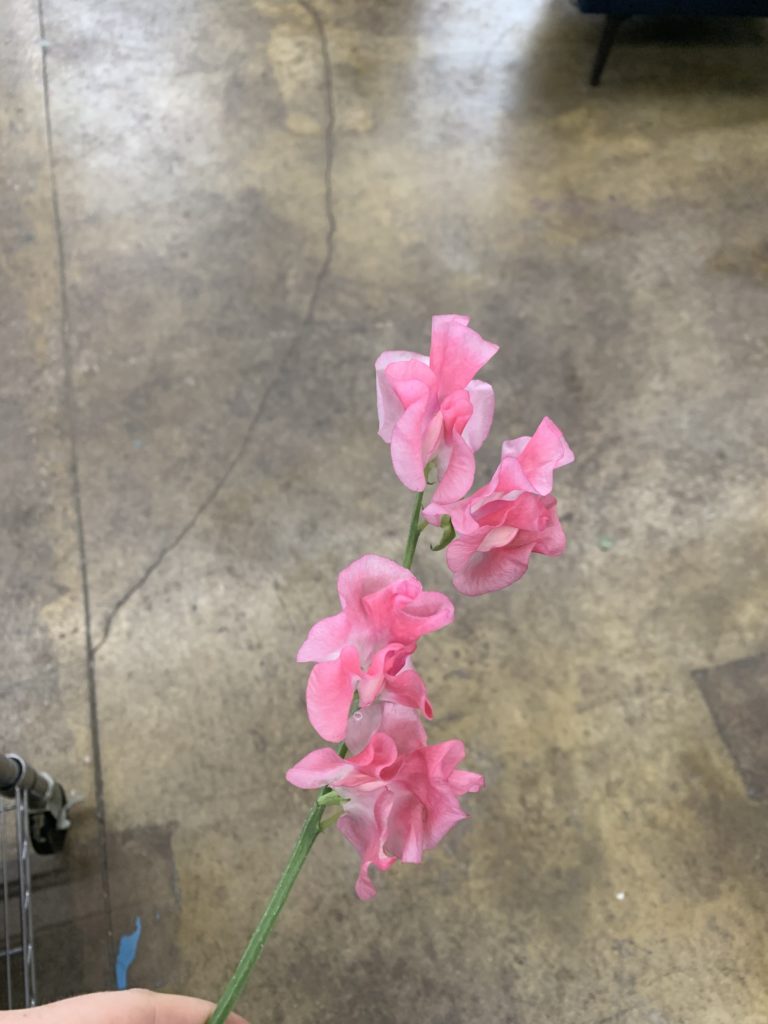
Sweet pea mean delicate pleasures
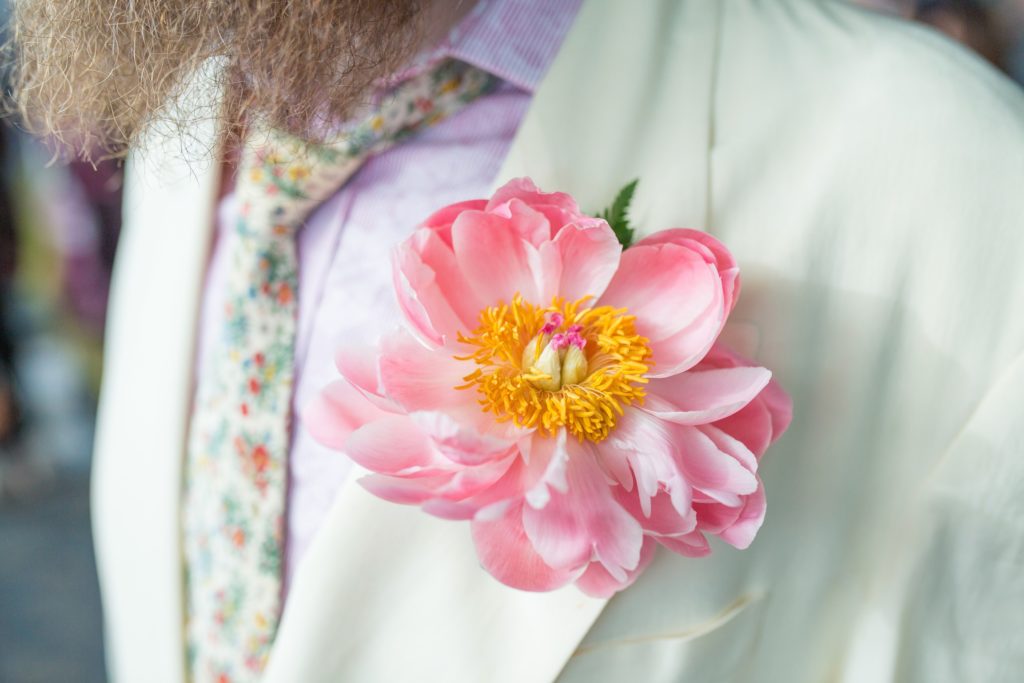
Pink camellia represent longing
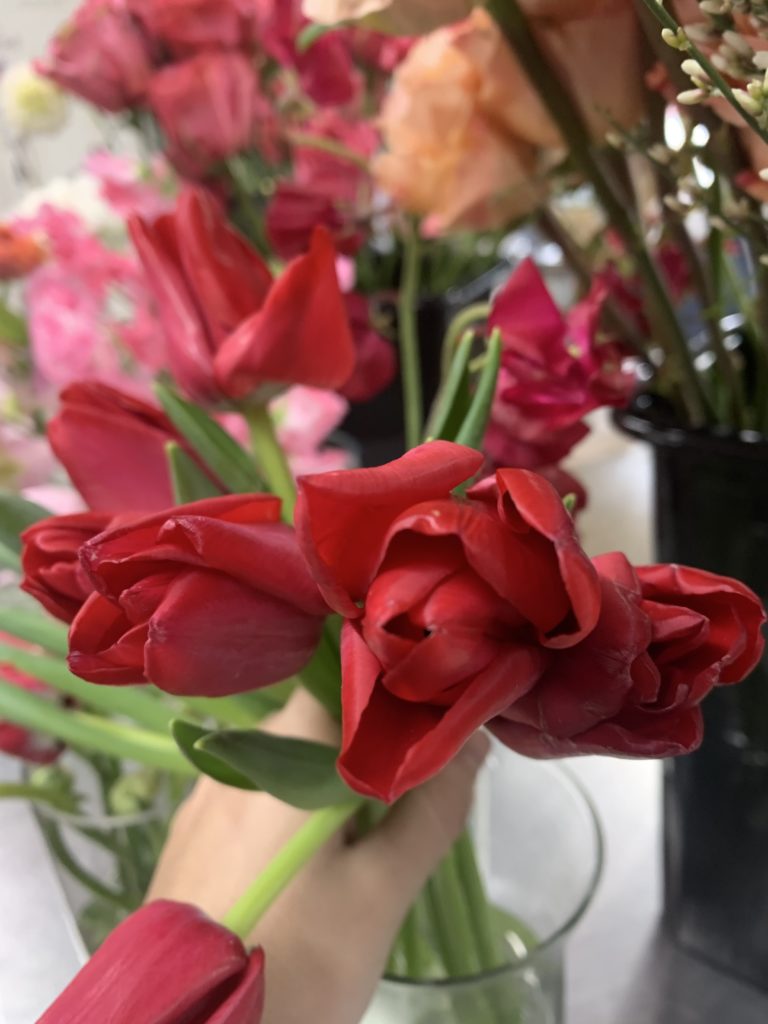
Red tulips are a declaration of love or passion! Perfect for Valentine’s Day!
Some of our more commonly used flowers such as roses, actually have different meanings based on their colors! Pink means friendship and yellow jealousy. Peonies mean someone maybe bashful around you. Hydrangeas symbolize gratitude. And morning glories mean affection.
The language of flowers also didn’t just extend to what flowers were used! How they were presented also played a part in their meaning. For example, if flowers were presented upside down, that meant the opposite of the flower meanings was true. If they were handed with the right hand this meant yes and the left meant no. If you want to know more you can check out the Old Farmer’s Almanac here. As I’ve mentioned, the language of flowers was deep and complex!
If you are looking for more floral planning advice, check out the rest of our blogs here or our Pinterest for more inspiration. You can also contact us with any questions!